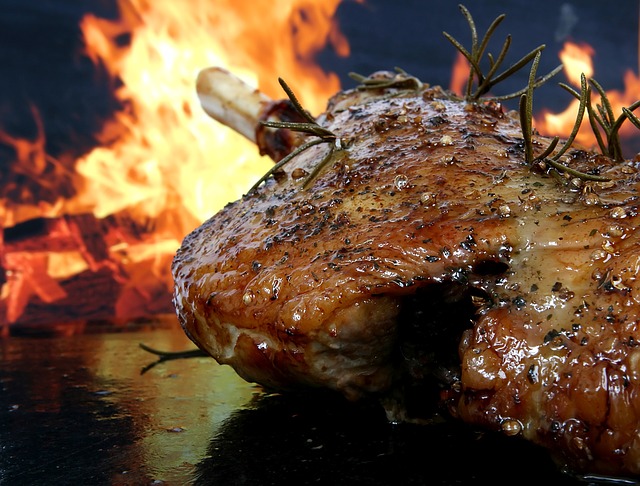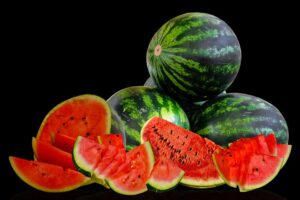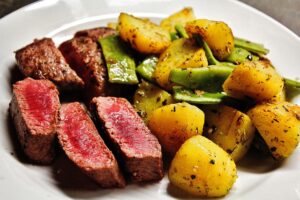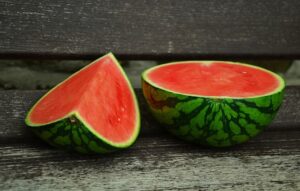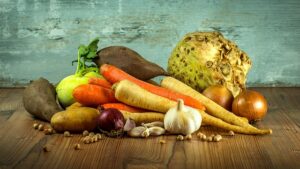Introduction
Protein is an essential macronutrient that plays a crucial role in various bodily functions, including muscle growth, repair, and maintenance. Many people strive to meet their daily protein requirements to support their overall health and fitness goals. One common question that arises is, “How much is 50 grams of protein?” In this article, we will explore the significance of 50 grams of protein and its implications for individuals seeking to optimize their protein intake.
The Importance of Protein
Protein is composed of amino acids, which are the building blocks of our body. It is essential for the growth and repair of tissues, the production of enzymes and hormones, and the maintenance of a strong immune system. Protein also plays a vital role in preserving muscle mass, especially during periods of exercise or weight loss.
Understanding Protein Requirements
The recommended daily protein intake varies depending on factors such as age, sex, weight, and activity level. The general guideline for protein consumption is around 0.8 grams per kilogram of body weight for sedentary individuals. However, those who engage in regular physical activity or strength training may require higher protein intake to support muscle recovery and growth.
50 Grams of Protein: What Does It Look Like?
To better understand the significance of 50 grams of protein, let’s take a closer look at some common protein sources and their protein content:
1. Chicken Breast: A 3.5-ounce (100-gram) serving of cooked chicken breast provides approximately 31 grams of protein. To obtain 50 grams of protein from chicken breast alone, you would need to consume around 160 grams, or about 5.6 ounces.
2. Greek Yogurt: A 7-ounce (200-gram) serving of Greek yogurt typically contains around 17 grams of protein. To reach 50 grams of protein, you would need to consume approximately 18 ounces, or 510 grams, of Greek yogurt.
3. Tofu: A 3.5-ounce (100-gram) serving of tofu provides about 8 grams of protein. To obtain 50 grams of protein solely from tofu, you would need to consume around 20 ounces, or 570 grams.
4. Lentils: Cooked lentils contain approximately 9 grams of protein per 100 grams. To reach 50 grams of protein, you would need to consume about 555 grams, or 20 ounces, of cooked lentils.
Meeting Your Protein Needs
While it is possible to obtain 50 grams of protein from a single source, it is more common to achieve this target by consuming a combination of protein-rich foods throughout the day. This approach ensures a variety of amino acids and other essential nutrients.
Including a mix of animal and plant-based protein sources in your diet can help you meet your protein needs while enjoying a diverse range of flavors and textures. Some examples of protein-rich foods include lean meats, poultry, fish, eggs, dairy products, legumes, nuts, and seeds.
Conclusion
Protein is a vital nutrient that supports various aspects of our health and well-being. While the specific protein requirements may vary depending on individual factors, 50 grams of protein is a significant amount that can be obtained through a combination of protein-rich foods. By incorporating a balanced and varied diet, individuals can meet their protein needs and support their overall health and fitness goals.
References
– Mayo Clinic: mayoclinic.org
– National Institutes of Health: nih.gov
– Healthline: healthline.com

